Even a 5 a.m. rise wasn't early enough to earn me a spot in the fully-occupied Sheringham seawatching shelter, so at 5.50 a.m I found myself sheltering behind a small wall at the far western end of Sheringham promenade with my scope trained on the 'busiest' area of sea. The seawatching started off quite well, with plenty of skuas, mainly Arctic and Great but also a single Pom. I got onto a possible adult Long-tailed Skua, which promptly disappeared behind a trough, never to emerge from the other end of it. The rush of shearwaters that others had witnessed the day before wasn't apparent this morning. I saw only two shearwaters - one Sooty and one Manx, both heading west, into the wind. There were lost of waterfowl heading west too. A few hundred Common Teal and lots of Common Scoter, along with a few Pintail and a single Greater Scaup. A few Arctic Terns also added to a bit of diversity.
After watching the sea for 4 hours, I headed off to Muckleburgh Hill as it was about the only sheltered spot that might have been harbouring some migrants. A Spotted Flycatcher was nice to see, and the large flock of Chiffchaffs and Long-tailed Tits occupied about an hour of my time.
 |
| One of many Chiffchaffs at Muckleburgh Hill. |
I then headed off to Cley where I was first on the scene of a juvenile Red-backed Shrike that had just been found at Walsey Hills.
After that I spent the rest of the afternoon on Cley reserve in Dauke's hide, photographing waders and waterfowl. Gargany Some of my efforts are below.
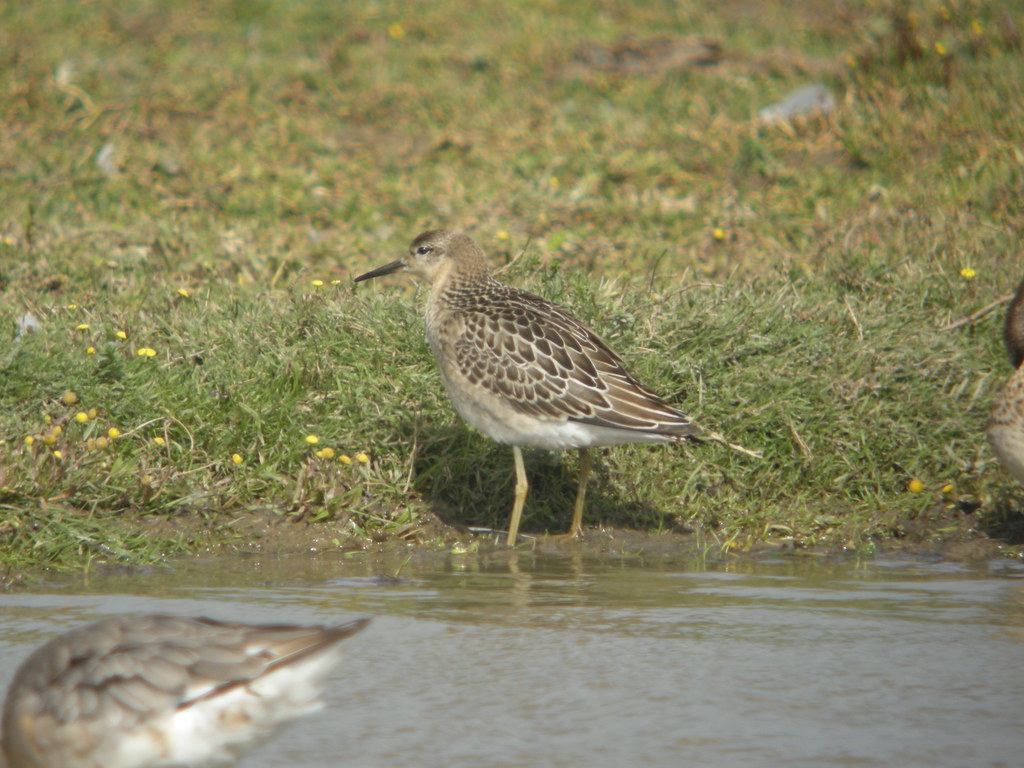 |
| Juvenile Ruff, Cley. |
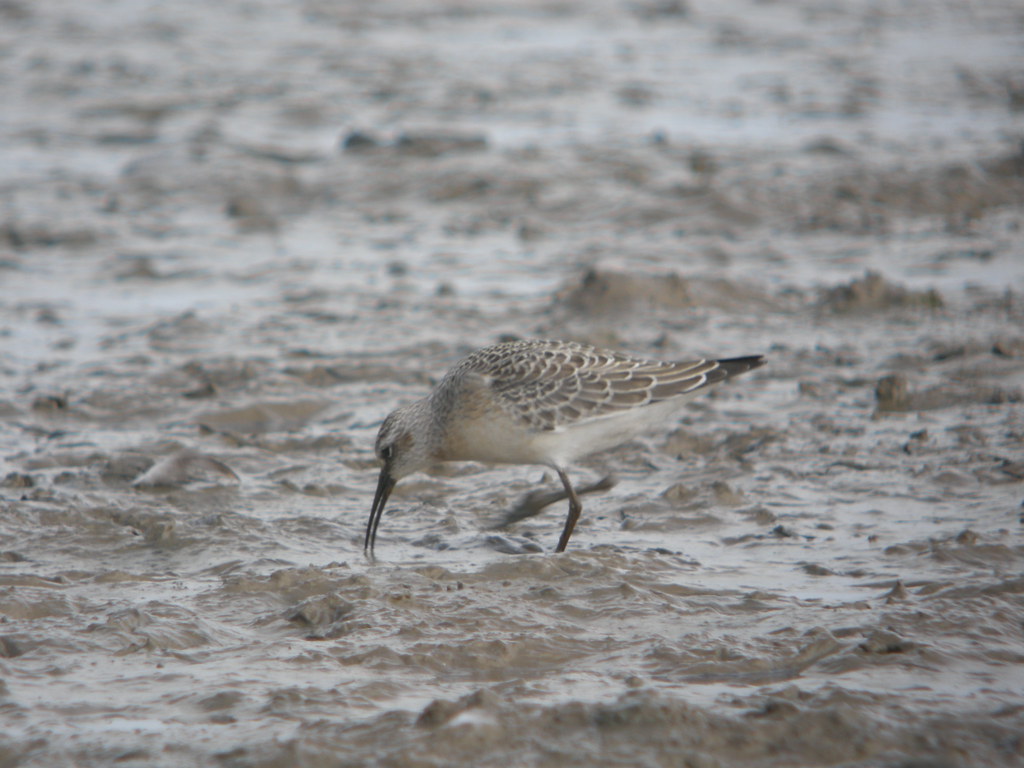 |
| Curlew Sandpiper, juvenile, Cley. |
 |
| Spotted Redshank, adult winter, Cley. |
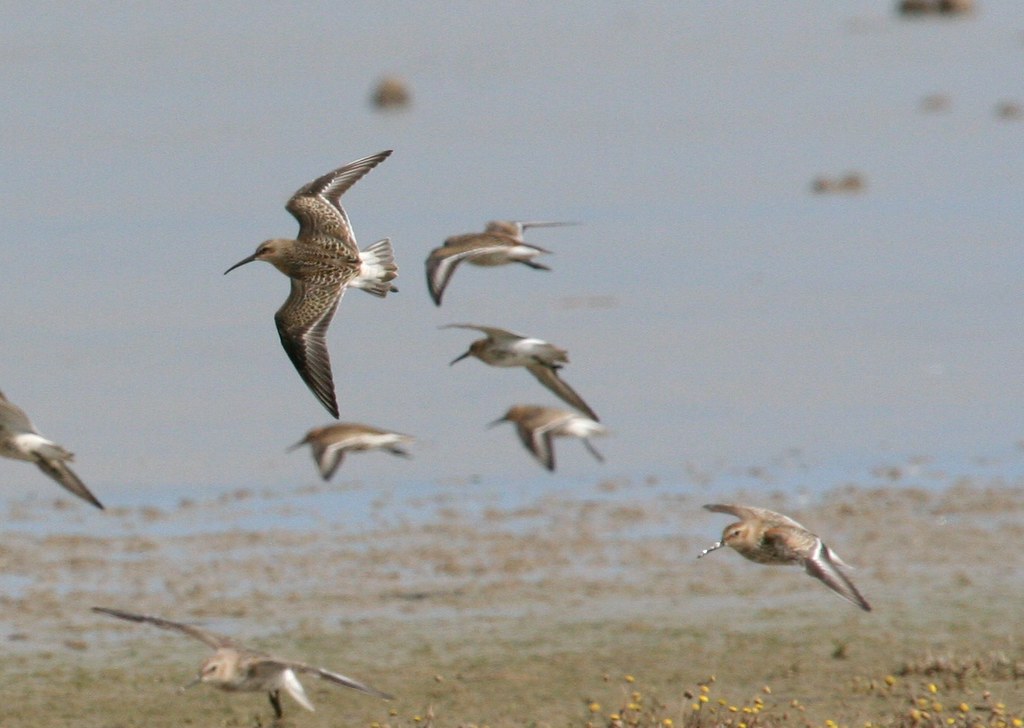 |
| Curlew Sandpiper, juvenile in flight with Dunlin. |
 |
| Curlew Sandpiper, juveniles in flight with Dunlin. |
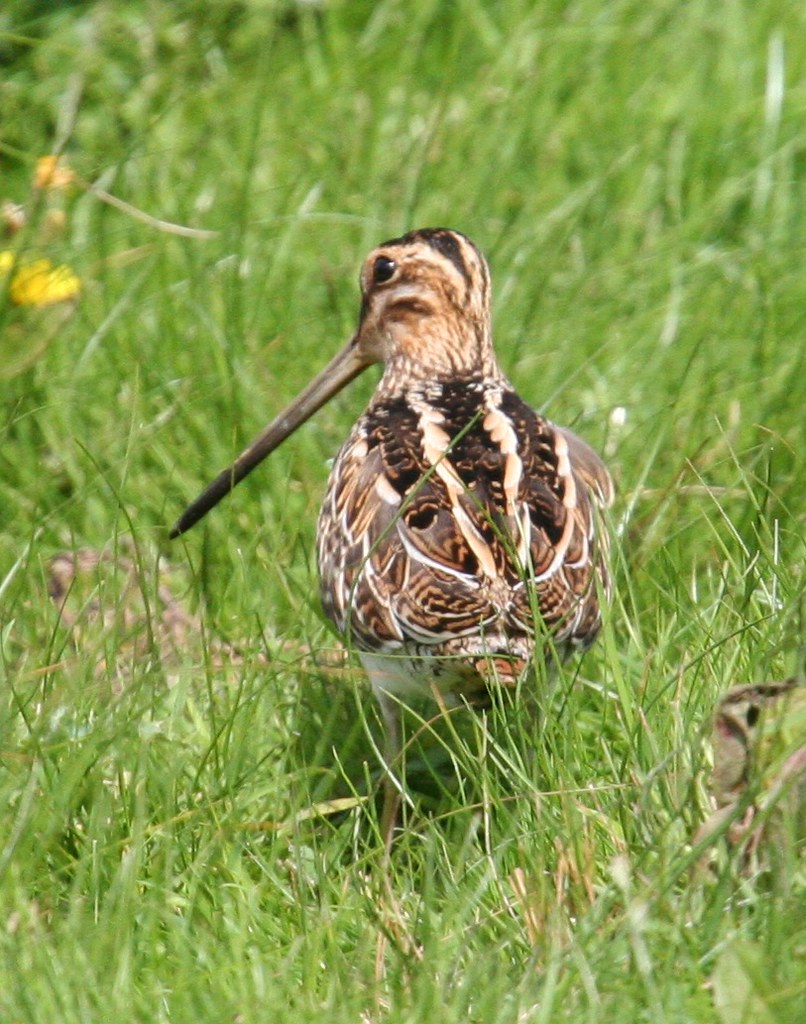 |
| Common Snipe, Cley. |
 |
| Curlew Sandpiper, juveniles with Dunlin. |
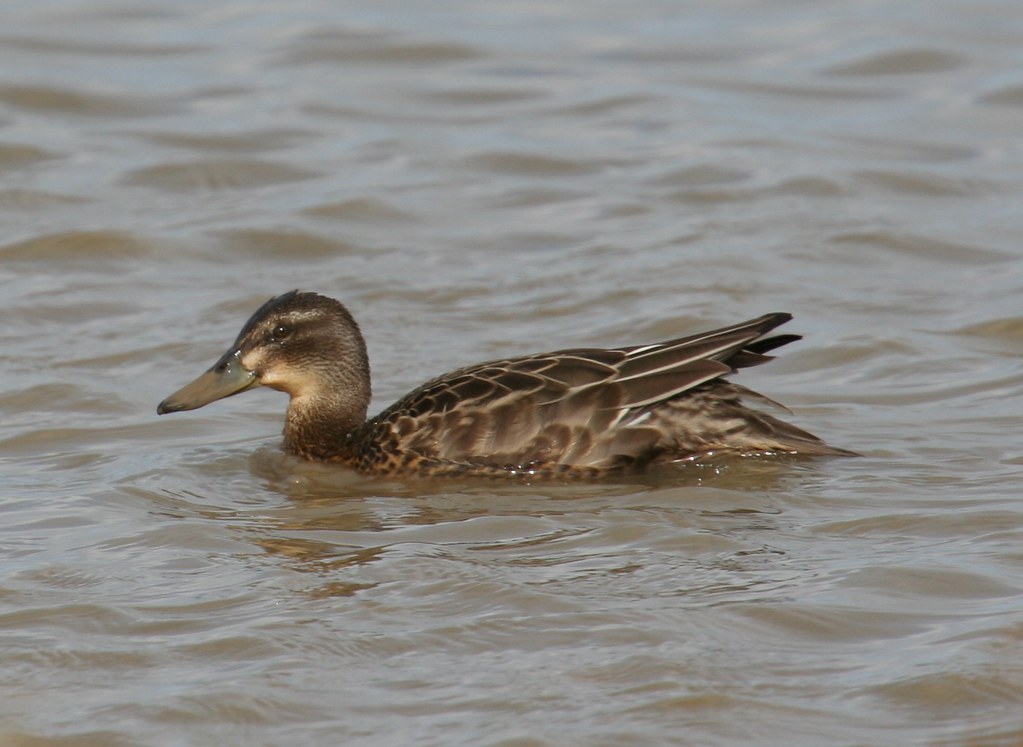 |
| Garganey, female. |
 |
| Garganey, female. |
 |
| Garganey, female. |
Even a 5 a.m. rise wasn't early enough to earn me a spot in the fully-occupied Sheringham seawatching shelter, so at 5.50 a.m I found myself sheltering behind a small wall at the far western end of Sheringham promenade with my scope trained on the 'busiest' area of sea. The seawatching started off quite well, with plenty of skuas, mainly Arctic and Great but also a single Pom. I got onto a possible adult Long-tailed Skua, which promptly disappeared behind a trough, never to emerge from the other end of it. The rush of shearwaters that others had witnessed the day before wasn't apparent this morning. I saw only two shearwaters - one Sooty and one Manx, both heading west, into the wind. There were lost of waterfowl heading west too. A few hundred Common Teal and lots of Common Scoter, along with a few Pintail and a single Greater Scaup. A few Arctic Terns also added to a bit of diversity.
After watching the sea for 4 hours, I headed off to Muckleburgh Hill as it was about the only sheltered spot that might have been harbouring some migrants. A Spotted Flycatcher was nice to see, and the large flock of Chiffchaffs and Long-tailed Tits occupied about an hour of my time.
 |
| One of many Chiffchaffs at Muckleburgh Hill. |
I then headed off to Cley where I was first on the scene of a juvenile Red-backed Shrike that had just been found at Walsey Hills.
After that I spent the rest of the afternoon on Cley reserve in Dauke's hide, photographing waders and waterfowl. Gargany Some of my efforts are below.
 |
| Juvenile Ruff, Cley. |
 |
| Curlew Sandpiper, juvenile, Cley. |
 |
| Spotted Redshank, adult winter, Cley. |
 |
| Curlew Sandpiper, juvenile in flight with Dunlin. |
 |
| Curlew Sandpiper, juveniles in flight with Dunlin. |
 |
| Common Snipe, Cley. |
 |
| Curlew Sandpiper, juveniles with Dunlin. |
 |
| Garganey, female. |
 |
| Garganey, female. |
 |
| Garganey, female. |






















No comments:
Post a Comment